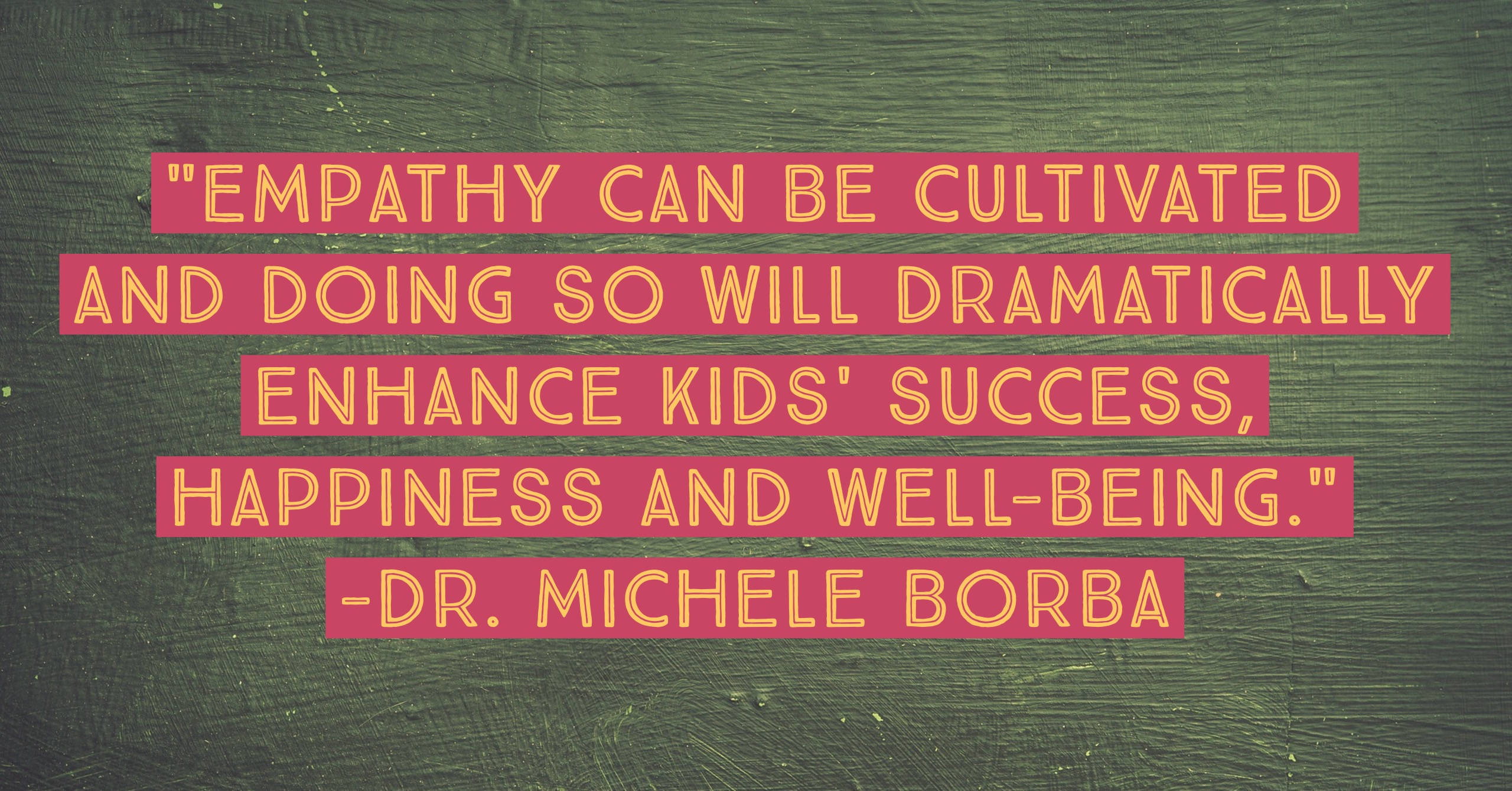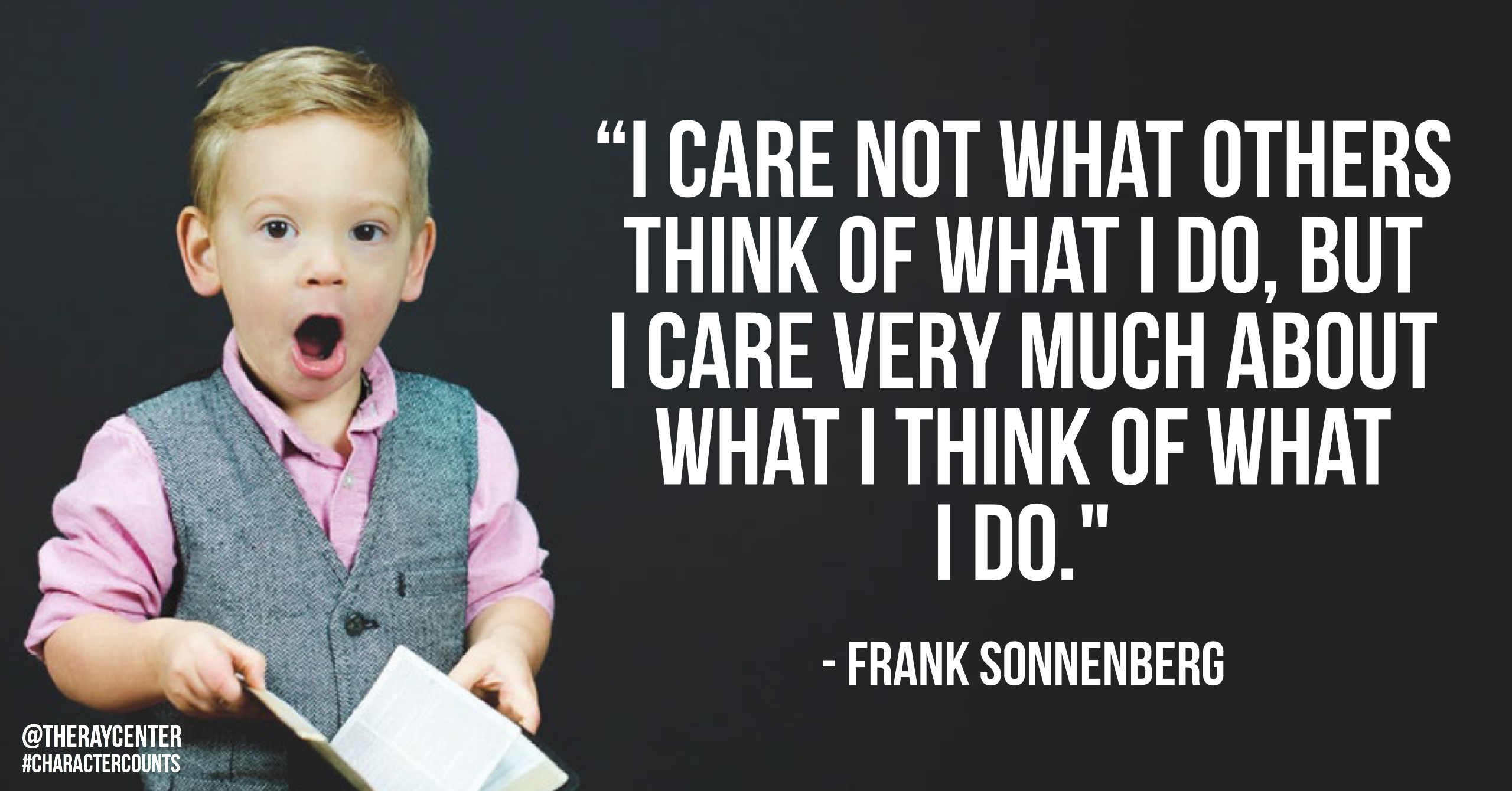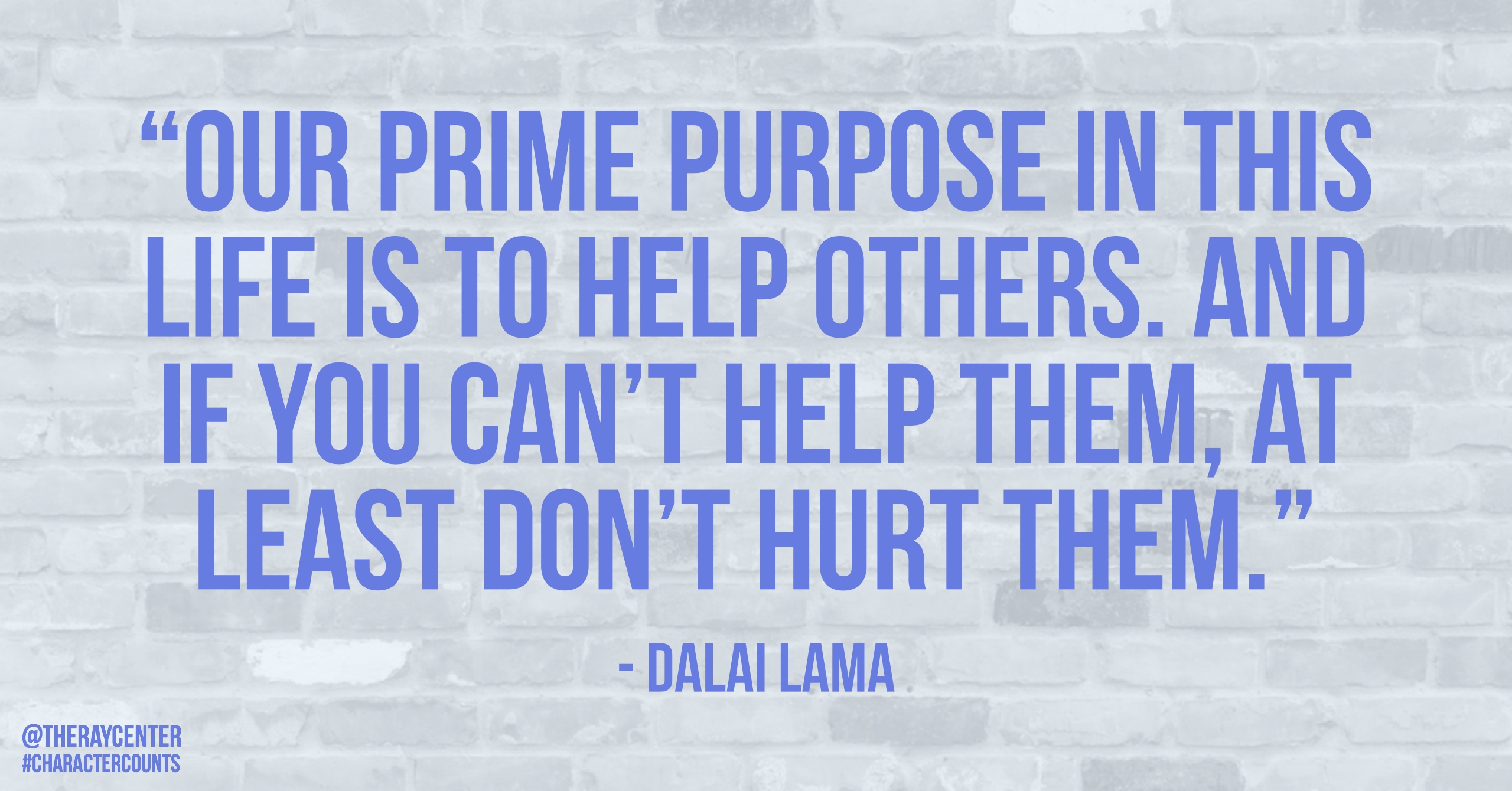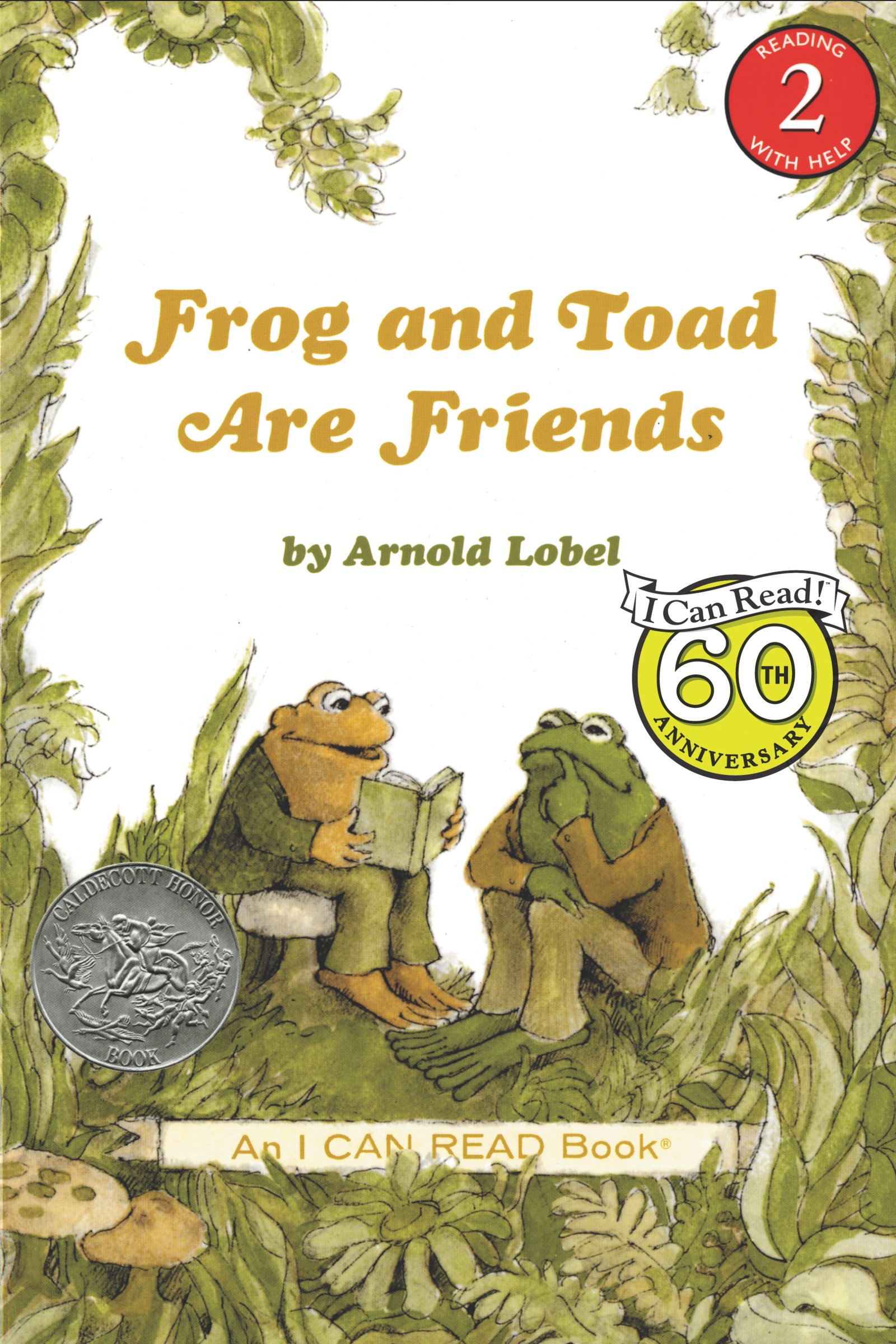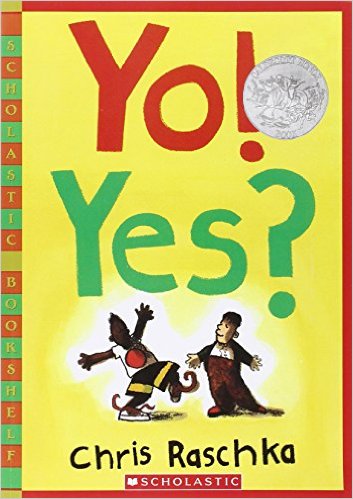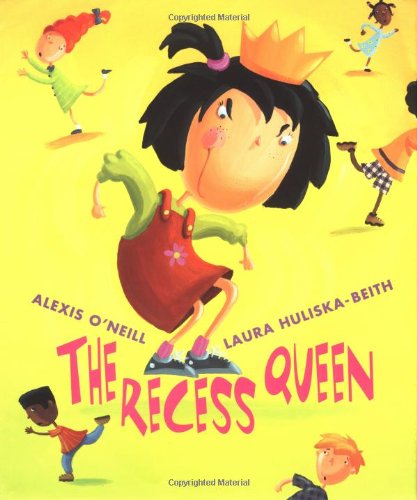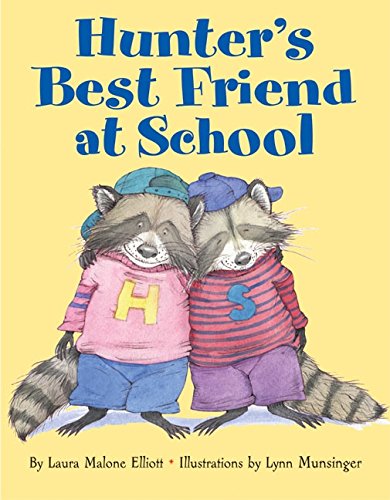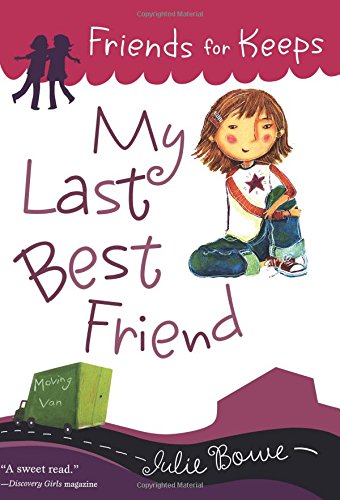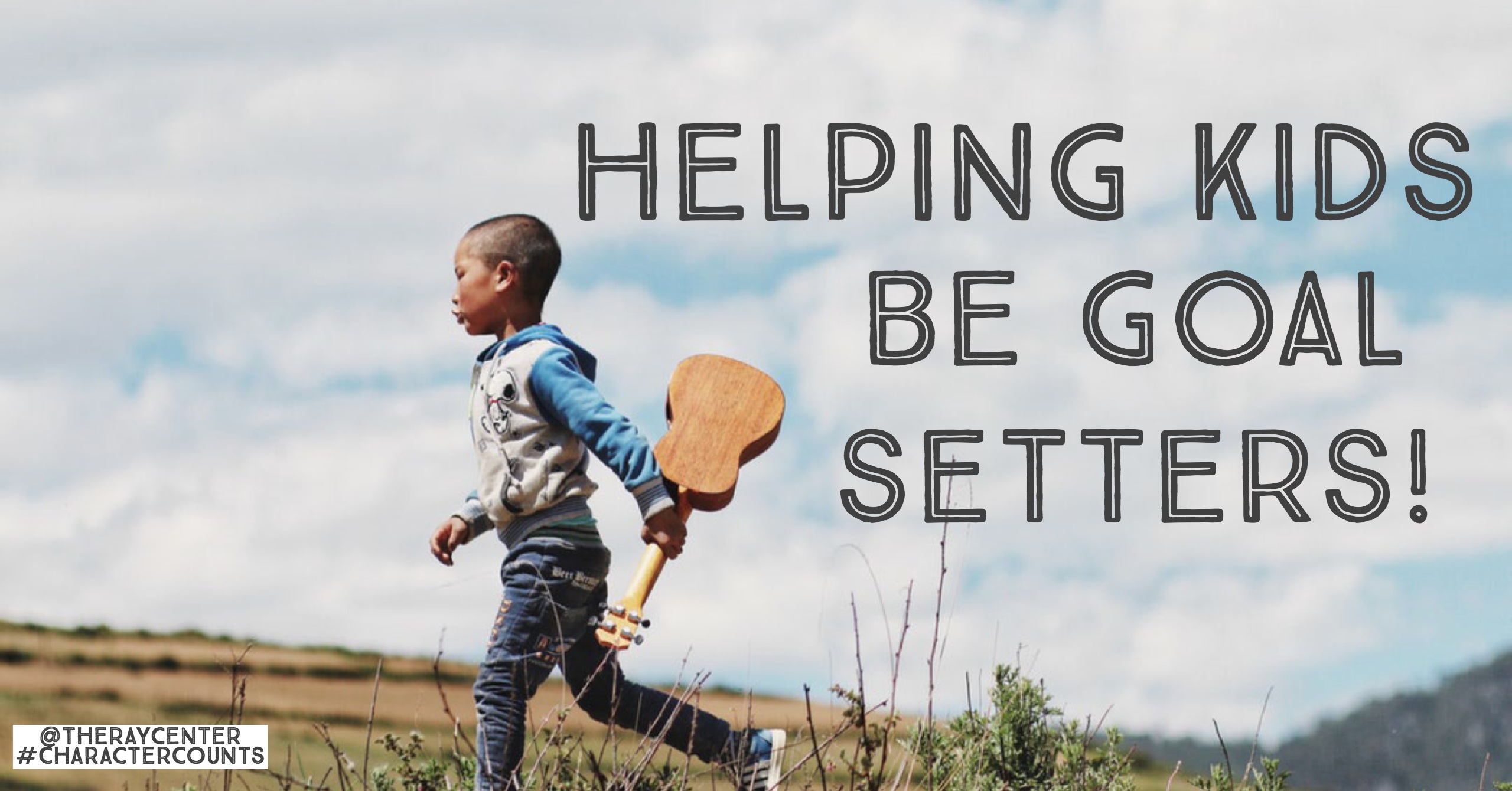6 ways kids can spread kindness at school
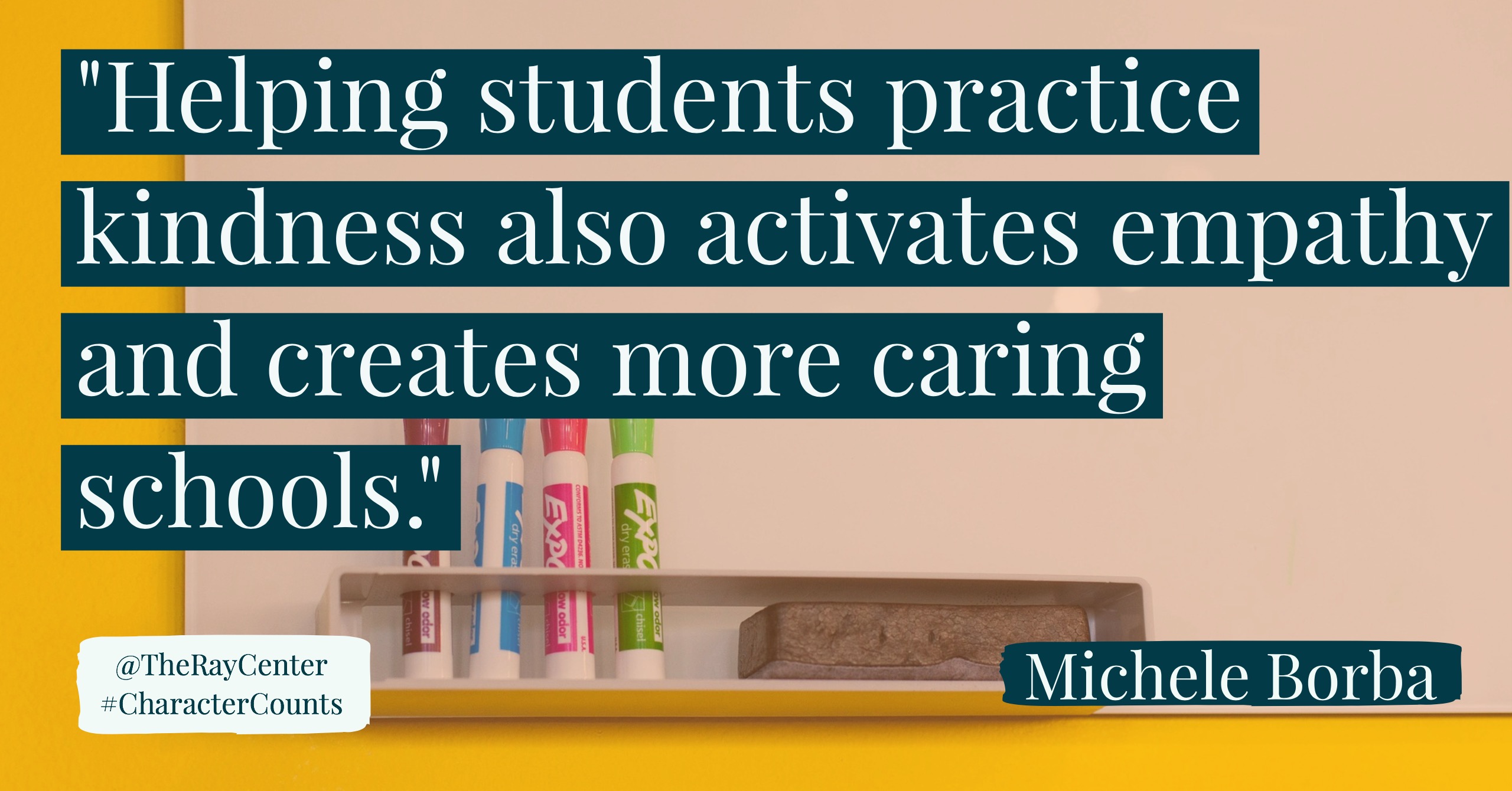
From our guest contributor, Michele Borba.
There are countless ways for students to practice kindness and increase their empathy capacities. But look for real, meaningful, face-to-face type experiences. Those are the kinds of opportunities our students need to develop caring mindsets and become caring, socially responsible, good people.
1. “High Five” Hallways
A group of elementary Wisconsin teachers recognized that their hallways were always crowded and didn’t have that warm “feel tone.” But students had an idea to create a more caring climate: “Everybody can give ‘High Fives’ as they walk to class!” And that’s exactly what students now do (as well as teachers, the principal, and any guest). Not only is the school tone friendlier, but students are practicing social emotional skills like eye contact, giving encouragement and saying kind comments.
School hallways are usually congregated areas and notorious “hot spots” for bullying. But just by having students deliberately acknowledge one another in friendly, caring ways, bullying can be reduced and kindness can be the new norm. And everyone seems to be wearing bigger smiles.
2. Sidewalk Chalk Artists
Want a simple way to brighten up your school and spread kindness? Purchase large quantities of colored sidewalk chalk! Start by forming small student teams who will decide what kind messages they want to spread to others. (Ideas must chalk-lovebe approved by the teacher).
Then each team or class draws their kind, friendly messages on approved school-ground spots such as asphalt, sidewalks or playgrounds. It’s a colorful way to brighten your school grounds while kids practice kindness and collaboration. And don’t overlook teens!
3. Student Greeters
Clover Park School District in Washington recognized an untapped talent: students with strong social emotional skills who could serve as models to other students. And every school has friendly, kind kids whose skill set can be a powerful model for peers to copy. The staff identified these students and asked them to serve as student greeters. They wore red baseball caps so they were easily identified (other schools have made special vests). Greeters were stationed at the front door and welcomed entering students (“Hi!” “Glad you’re here!” “Have a good day.”) The staff reported a positive change in climate in just a short while. Students began to look forward to the greeting. And many arriving students began to return the same positive statements to the greeters.
4. Student Welcome Wagons
New kids can feel the pain of exclusion. So why not initiate a “Welcome Wagon Committee” of students to greet newcomers, give them a school tour, and pair them with “veteran” students. Photos of new arrivals can be featured on a faculty bulletin board to alert staff members of these students. Some schools with highly mobile populations arrange “get acquainted” sessions with new students where they learn about their school, connect with others, and practice kindness.
5. Cross-Age Buddies
This approach has been effective in boosting academic achievement and creating positive student connections. Student helpers are typically two to three grade levels ahead of the peers they tutor. Not only can they tutor students on academic tasks, but they can also teach skills to their younger buddy. And the experience can help build empathy, especially if the tutor assumes the role of a big brother or sister to a younger “buddy.” What’s more, the big buddy can begin to reframe his image and see himself as a caring person.
6. Learning Buddies
This idea was shared by a Vancouver teacher who assigned each student to be the learning buddy of another student in the classroom every week or month. Students pair up with their partners a few minutes a day. The strategy builds connections, enhances achievement and opens empathy. A few ideas:
- Students quickly turn to their buddies and agree on the task directions before they work on the task alone.
- Buddies discuss three main points from their homework assignment or from the task they just completed.
- The buddy calls or emails an absent partner to say: “We miss you,” provides missed assignments, or makes a get-well card with class signatures.
Or students (teachers, principals, bus drivers, cafeteria workers, yard supervisors, counselors, nurses, psychologists) can just take a moment to welcome and encourage one another. It’s also wonderful way to nurture students’ empathy and practice kindness.
 Dr. Michele Borba is an educational psychologist, parenting expert, TODAY show contributor and author of 22 books including The Big Book of Parenting Solutions: 101 Answers to Your Everyday Challenges and Wildest Worries and UnSelfie: Why Empathetic Kids Succeed in Our All-About-Me World.
Dr. Michele Borba is an educational psychologist, parenting expert, TODAY show contributor and author of 22 books including The Big Book of Parenting Solutions: 101 Answers to Your Everyday Challenges and Wildest Worries and UnSelfie: Why Empathetic Kids Succeed in Our All-About-Me World.
Check out: micheleborba.com or follow her on Twitter @micheleborba.
